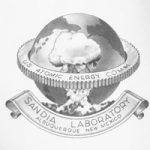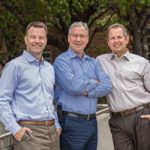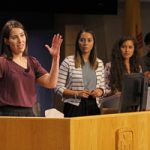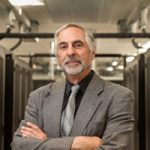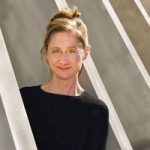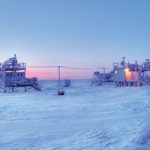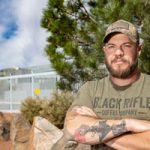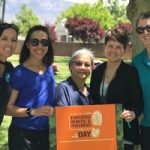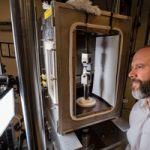Exceptional service in the national interest
Two dates are well known to Sandians: the day President Harry Truman wrote a letter calling for “exceptional service in the national interest” and the day Sandia (previously Z Division) separated from its parent, Los Alamos National Laboratory, and became the entity we know it as today.
Strategic Priority No. 7
Sandia's Strategic Priority No. 7 is a call to action to identify better, easier ways to do our job on behalf of the nation. We need to be more agile, make more focused decisions to create and sustain an exceptional institution and remove organizational barriers that are slowing us down and reducing our impact.
Using big data to solve big New Mexico problems
Community Involvement kicked off this fiscal year’s Community Engagement Speakers Series with a talk by NM Appleseed Executive Director and Founder Jennifer Ramo. NM Appleseed is a nonpartisan organization dedicated to ending poverty through systemic solutions to complex issues like hunger, education and homelessness.
National Disability Employment Awareness Month
Several Sandia events honored this year’s National Disability Employment Awareness Month, an annual campaign held each October that raises awareness about disability employment issues and celebrates the many and varied contributions of America’s workers with disabilities.
John Shadid awarded Hughes Medal from USACM
Sandia computational scientist John N. Shadid has been awarded the Thomas J.R. Hughes Medal from the United States Association for Computational Mechanics in recognition of outstanding and sustained contributions to the broad field of Computational Fluid Dynamics.
Stephanie Hansen elected APS Fellow
Stephanie Hansen has been elected Fellow of the American Physical Society by its Division of Plasma Physics, recognized for contributions to the fundamental modeling of nonequilibrium atoms and radiation in extreme environments, and for using spectroscopic analysis to increase understanding of diverse laboratory and astrophysical plasmas.
From Afghanistan to Alaska, with atmosphere in between
For Justin LaPierre, helping maintain an atmospheric research station at the northern tip of Alaska is “eerily reminiscent” of being deployed in the deserts of Afghanistan — just much colder. A U.S. Marine Corps veteran, LaPierre has worked as an observer at Oliktok Point for two years.
With grit and determination
Army veteran Mark Small started working at Sandia as an intern through the former Wounded Warrior Career Development Program, now called the Exceptional Warrior Career Development Program. Working with Sandia mentors, he completed bachelor's and master's degrees and secured a staff position at the Labs. He is one of the program’s success stories, and he now works to recruit other veterans to Sandia.
Sandia health educator invited to speak at Virgin Pulse HERO forum
Virgin Pulse invited Sandia health educator and program coordinator Callie Lovato to speak at HEROForum19 in early September. A national non-profit, the Health Enhancement Research Organization has a mission to identify and share best practices in employee health and well-being.
Engineering success through predicting failure
Around the world, materials scientists and engineers are trying different ways to predict fractures in ductile metals, but it’s not clear which approach is most accurate. To compare the different methods, Sandia researchers have presented three voluntary challenges to their colleagues: Given the same basic information about the shape, composition and loading of a metal part, could they predict how it would eventually fracture?
